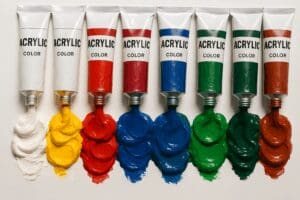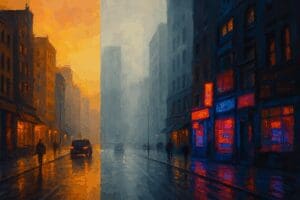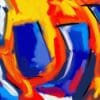“Imagination is more important than knowledge. Knowledge is limited. Imagination encircles the world.”
Albert Einstein
Imagination and creativity are two interrelated terms, the former leads to the latter. The etymological root of the word “creativity” in English and most other European languages comes from the Latin creatus, which means “to have grown.” How this works?
Human brains work by means of connections; connecting ideas new ideas emerge and so on. Unfortunately modern life has led to mechanical thinking, meaning that we are ruled by habits, automatic associations and responses. Getting stuck in fixed patterns of thought we have fewer and fewer connections and as a result imagination doesn’t work and poor creativity is trying to catch up with our artistic thirst.
“3 imaginary boys”
“Just as our eyes need light in order to see, our minds need ideas in order to conceive.” Napoleon Hill
Humans for ages have been trying to discover the tools to creative thinking. Here are some ideas:
“Creativity is inventing, experimenting, growing, taking risks, breaking rules, making mistakes, and having fun.”
Mary Lou Cook
“Anyone can look for fashion in a boutique or history in a museum. The creative explorer looks for history in a hardware store and fashion in an airport.” Robert Wieder
“Creativity, it has been said, consists largely of re-arranging what we know in order to find out what we do not know.” George Keller
It seems obvious that many artists one way or the other need to deal with unlocking creative thinking! How is this possible? Talent can be inherent, no doubt, but creativity is not a gift you have to be born with. Most creative people learn how to be creative. It is actually a logical procedure and the key is cross-connection of ideas/sounds and the way to elicit it is of course a state of mind that is able to receive the vibes of inspiration. The muse of creativity does not come alone but it comes with gifts such as: seeing things differently, seeing different things, generating multiple options, breaking the rules, thinking and linking, knowing how you think, and playing ‘what ifs”. Still the question is “how are all these possible”?
The creative block
Unlike many phenomena in psychology, there is no standardized measurement technique for creativity. It is rather a personal procedure. I suggest some techniques to help refresh imagination and revitalize the creative spirit.
Do something different
Following the same means of creation can lead to a rut. So why not infuse in your art some different techniques/equipment or a totally different art?
Escape yourself
Get in your car and go to a place you have never planned to go, observe the streets and find signs that you suppose will lead you somewhere. Keep a mind-record of the sounds you hear and any unusual shape or incidents that comes your way. Start a discussion with a person you normally would not talk to, eat an unusual food and wait to see what happens.
Chat or play with kids
A very power inspiration tip is mingling with children. All of us have been kids and we know our way of thinking used to be different. So mingle with kids, ask them things without the fear of being misunderstood, that’s the clue, you will be surprised!!
Dada enrolment
Enrol yourself to a hobby you have never thought you would be interested in. This new type of knowledge makes neurons forge new connections in your brain and creates memory paths that expand your life experience and broaden your world view. Even if it is a pottery class!! The more irrelevant, the better.
Learn to ignore your inner critic
The subconscious role is, among others, to limit and prohibit changes. It stays stuck in pre-defined ideas, habits and aspirations and anything new is met with doubt, indecisiveness and eventually delay or omission. The next time you have a fantastic idea and by the time you start shooting/writing/composing and you feel you crave for Chinese food, tiding up your closet or calling your aunt tell your subconscious to SHUT UP and start your drafts! Being aware of this behaviour little bad subconscious has you can be aware of when it happens and above all you can be sure it is not the real “you” but a deep rooted mechanism inside of you.
Dare to be silly
Try to be as silly as possible and see what happens next. You never know what will become of your creations when you purposely make them unusual or strange. Write the piece of music you would never write, shoot the images that you hate and write a part of a poem/novel critics would die after reading. You never know…
Need more tips of have new ideas? Do not hesitate to submit them. Never refrain from sharing…
Source by Mary Vareli
Disclaimer: The views and opinions expressed in this article are those of the authors and do not necessarily reflect the official policy or position of Irish Artmart.





